The latest addition to the Endurance Brasil’s P1 class, the DTR01 prototype was commissioned under request of drivers Francesco Ventre and Eduardo Dieter. If you follow the category for a longer time, you may remember that the duo competed a few years back with a Metalmoro MR18, at the time one of the fastest cars on the championship. Equipped with a Honda K20 Turbo, the #110 car used a lot of solutions different from the others MR18, like suspension design, carbon brakes and rear wing, all developed by DTR’s technical team.
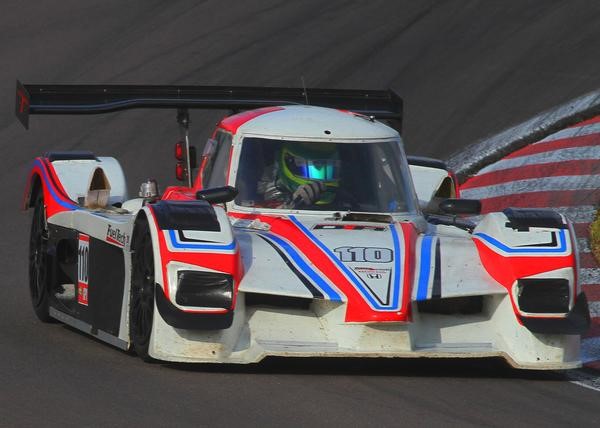
However, the arrival of cars like the Metalmoro AJR and Porsche 911 GT3 R were a signal that something they’d to do something more, should the team wished to keep its competitiveness. An accident suffered at Tarumã during the 2017 season was the catalyst for the change: instead of rebuild the MR18, the powertrain was (Honda K20 + Xtrac P1152 transaxle UPDATE 07/10/2021: According to information we received, actually the powertrain is a Honda K20 + a Hewland TMT transaxle) were used as the base for a new car, developed by Gear Up Racing Engineering, a company established by a group of engineers coming from UFSM (Universidade Federal de Santa Marial), with experience with Formula Student competitions. From this project the DTR01 was born, and is one of the most modern cars on the Brazilian tracks.
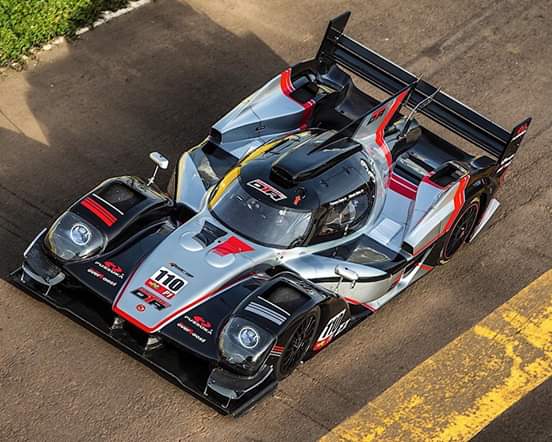
Part 1 – Aerodynamics
Looking at the DTR01, first impression is to be looking at a Le Mans Prototype. This is due to the car following the same design principles as many LMP1 racers as Porsche 919, Audi R18 and Toyota TS050.

But besides this first impression, a more detailed look make clear that the Gear Up folks were not limited to foreign projects, choosing however to take inspiration on cars of certified performance while customizing solutions to take full advantage of Endurance Brasil’s looser technical regulations
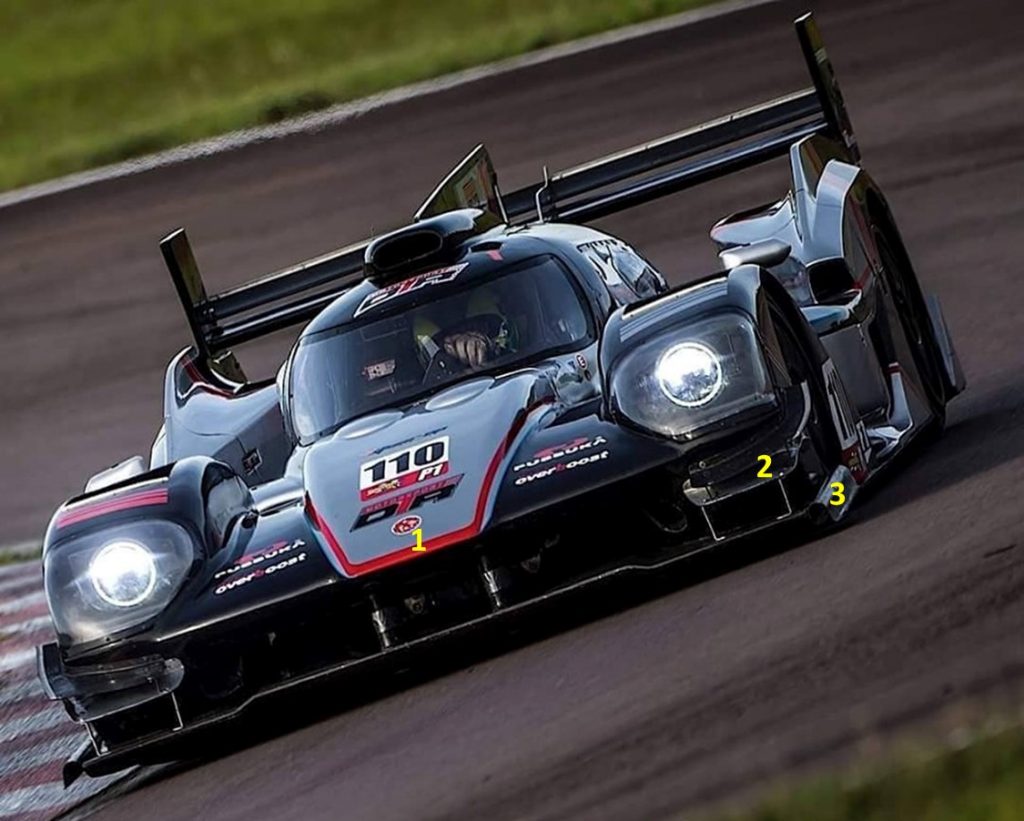
On the front end, the first highlight is the elevated nose (1), similar to what was present in cars such as the 2016 spec Audi R18 and Ginetta G60, allowing for more air to be directed to the underfloor tunnels (we will be back to them soon). In addition, the DTR has two large dive planes (2) below the headlights, with support rods connecting them to the front splitter to provide additional rigidity. Talking about the splitter, this part has also an interesting design feature, as it presents a footplate (3), creating a vortex that runs for the length of the car. This may have been introduced either to reduce aerodynamic drag or to help seal the underbody, maximizing downforce generated by the Venturi effect.
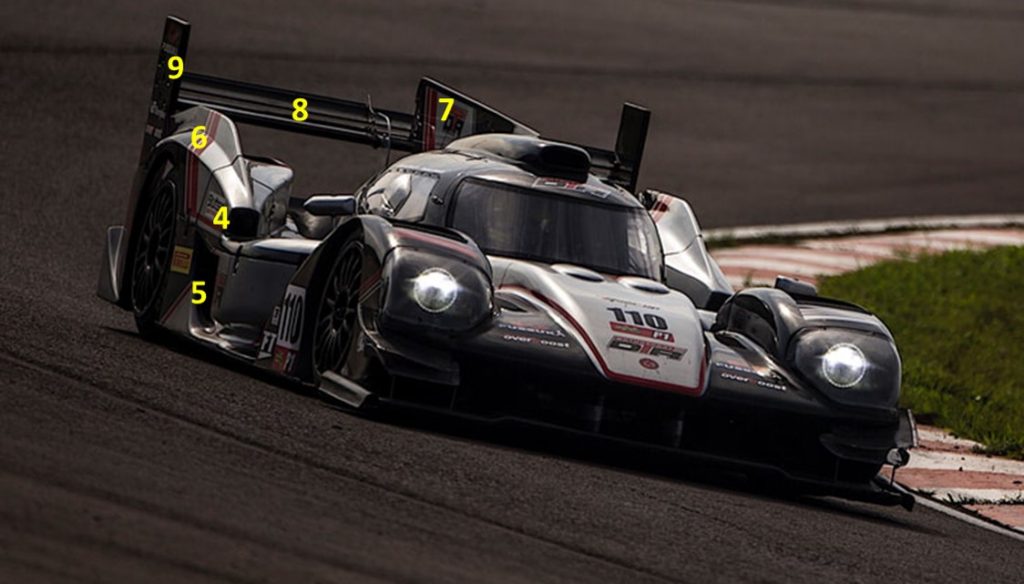
Changing to the cars profile, the radiator/intercooler air intakes are very close to the cockpit (not visible in the previous image). In the rear end the rear brakes air ducts are incorporated to the rear fenders (4), while a lower intake (5) directs air to the inner part of the bodywork. Without more images is hard to be 100% sure of this intake purpose, but it is possible that air is directed from there to the upper surface of the diffuser to improve its efficiency. There are also two strakes (6) over the rear fenders, to avoid flow migration to outside de bodywork, instead directing the airflow to the rear wing. Over the engine cover there is the omnipresent dorsal fin (7), with a design similar to Le Mans prototypes. The rear wing (8) has two elements, and is positioned in a fairly low position, held laterally by the deep endplates (9) and centrally by two swan neck style supports (10).
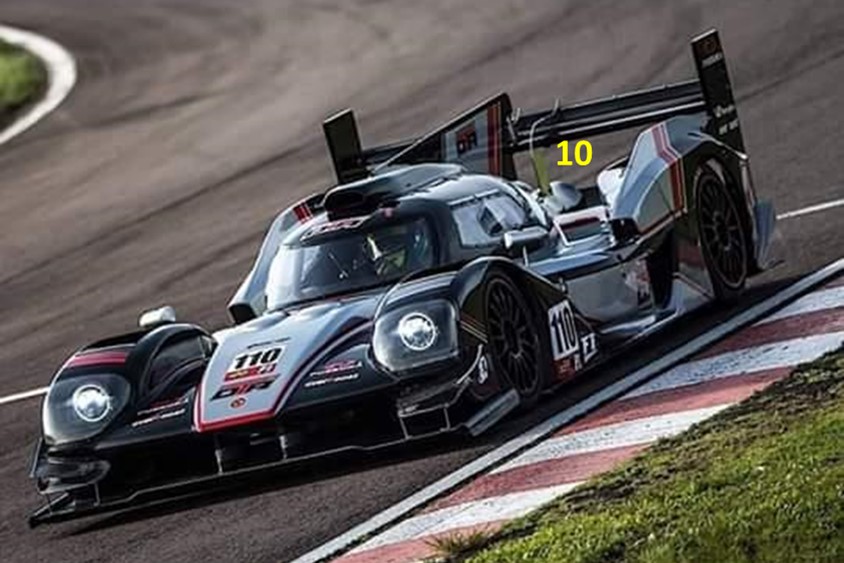
Moving to the rear section, the highlight is the diffuser (11), one of the largest amongst Brazilian P1s.
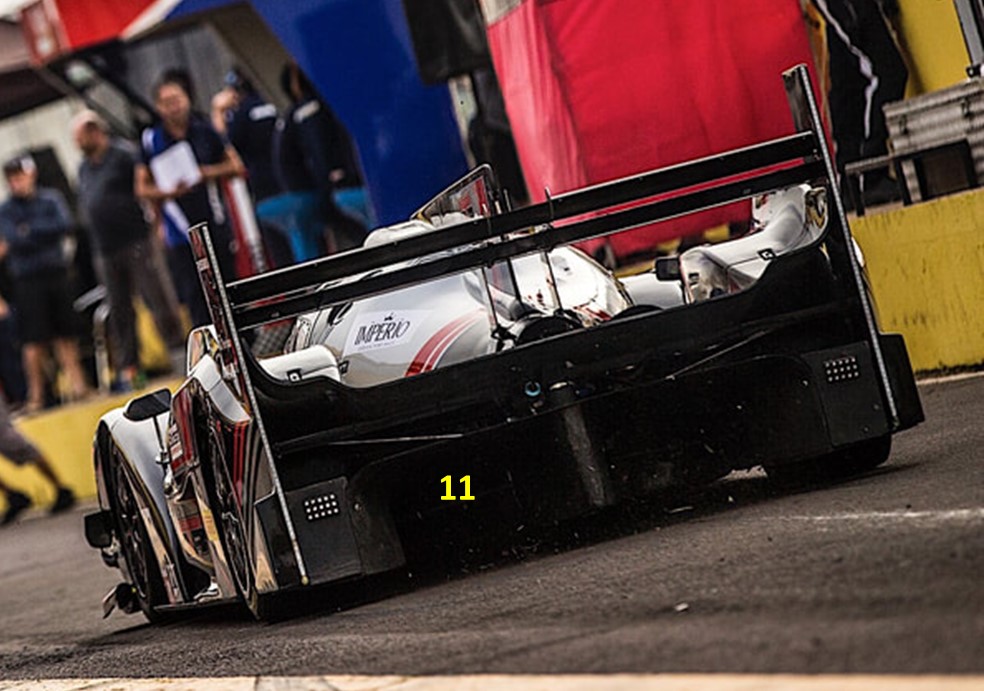
The diffuser is fed by air coming from the vehicle’s front end, directed to the rear by two tunnels that contour the cockpit as shown by the yellow lines below. The diffuser throat is located approximately at the center of the car (14), a position much more advanced than what is allowed in many categories. Still on this view, we can see the BHHs that vent air from the front (12) and rear (13) wheels.

Chassis and Powertrain
The chassis is a conventional tubeframe, covered by bodywork made from glass and carbono fiber. Suspension is push rod all around, with carbon brakes on all four corners.
To move the car, the powertrain chosen is the same used on the MR18 #110, a Honda K20 Turbo prepared by OverBoost that, among other secrets, uses a crankshaft specifically designed by OverBoost itself. Transmission is an Xtrac P1152, the same model used on LMP3 prototypes. UPDATE 07/10/2021: According to a reliable source, the car actually uses a Hewland TMT transaxle. Also, other periferics are also a carry-over from the MR18 prototype, such as the steering system and various suspension bits.
Competition historic
The car debuted during the 2019 season of Endurance Brasil, participating only of the 3 Hours of Santa Cruz do Sul, third round of the championship. During the practice sessions the car pace impressed, achieving a best time of 1m14s918, enough for the seventh place on the grid. However, an issue found in the late practice sessions prevented the team for participating in the qualifying session.My guess is that, with a set of fresh tires and proper qualy set up the car would be able to reach the mark of 1m12s, challenging for that race pole position.
The team worked overnight to fix the issue, and the car did start the race from the bottom of the grid. However, another issued forced the team to send the car to the pits to avoid major damage. Ever since the car continued to be developed, with practice sessions being held both at Tarumã and the Velopark.
The car would participate in any further round in 2019, and DTR would return to the championship only in 2020 at the 4 Hours of Velopark, again the third round of the season. Unfortunately, luck was not on the team’s side, as a brake failure on the Thursday free practice session led to an accident and considerable damage, preventing the team from taking part in any further track action.
Images:
[1]: Endurance Brasil. Available at: https://www.facebook.com/endurancebrasil/photos/?ref=page_internal.
[2]: Gear Up Racing. Available at: https://www.facebook.com/gearupracing.
[3]: Porsche 919 Hybrid. Available at: https://pt.wikipedia.org/wiki/Porsche_919_Hybrid.

